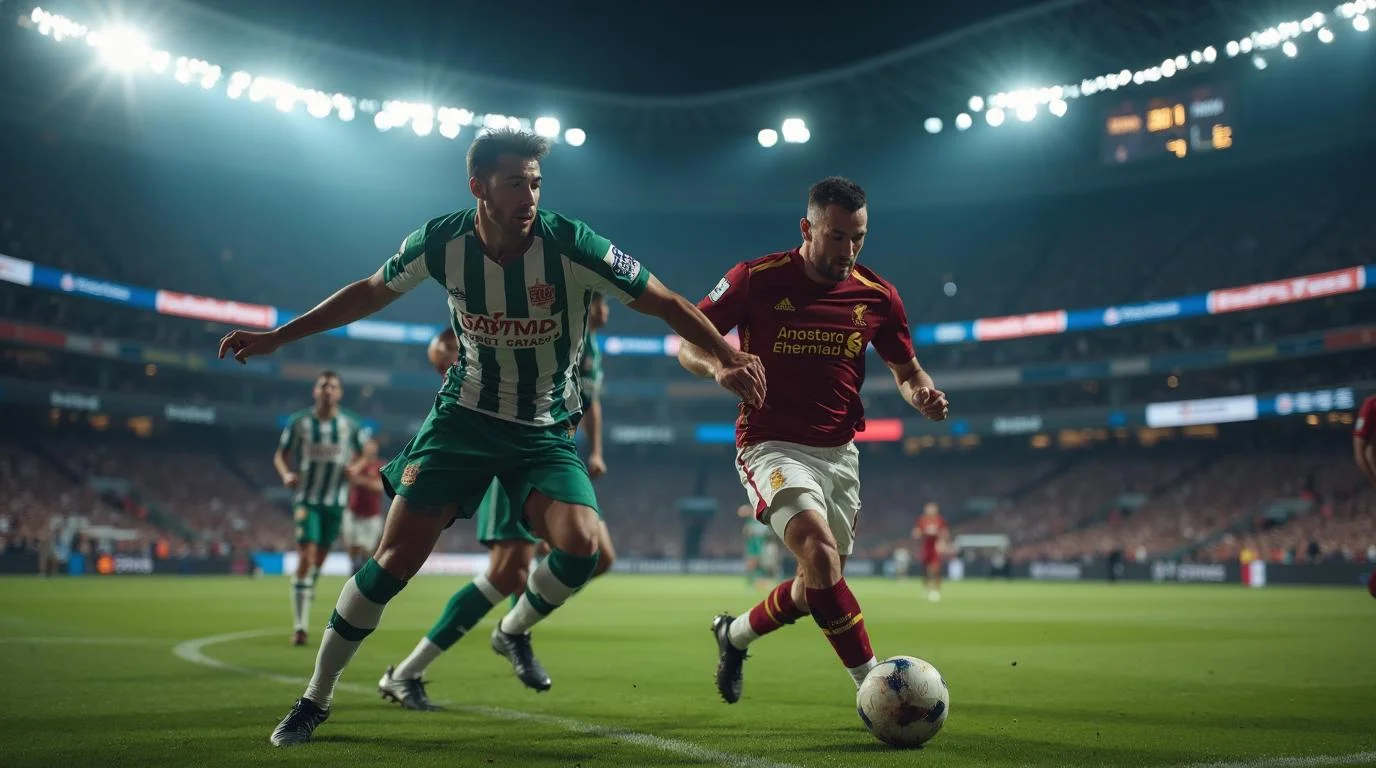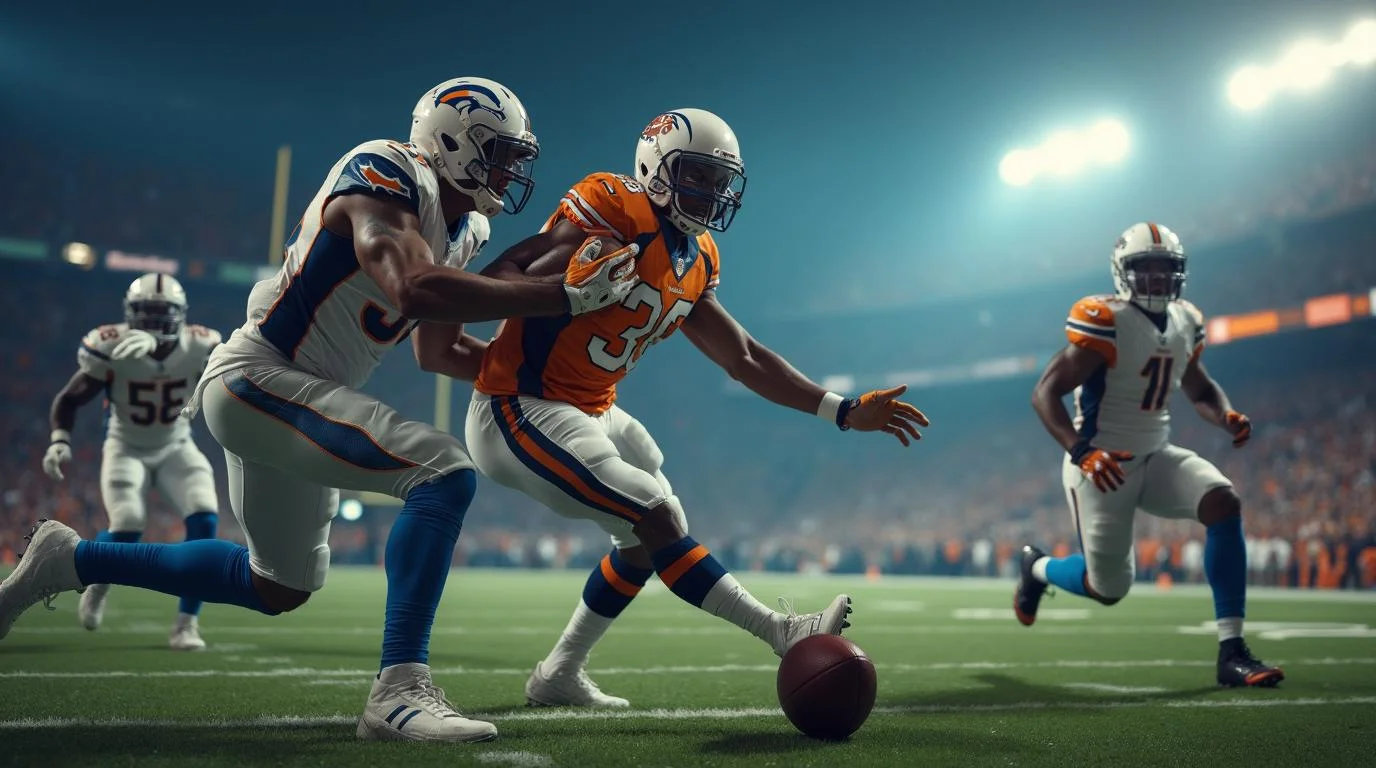F1 Las Vegas Blocks Views of Onlookers by Partitioning Pedestrian Bridges

1.0
Default
F1 does it again, albeit stronger this time: it has reportedly blocked pedestrians from taking a sneak peek at all the action by walling the seven pedestrian bridges that run through the Vegas Strip with thick aluminum walls. During the same time last year, F1 also tried blocking the view with adhesive screens, but tourists easily dismantled those.
In an effort to maintain security and control crowds during this year’s Formula 1 Las Vegas Grand Prix, the UK-based racing organization has enclosed seven bridges over the Vegas Strip with thick aluminum walls. By Thursday, all pedestrian bridges will be sealed with these barriers, preventing pedestrians from catching glimpses of the 3.8-mile track that will transform the bustling Strip from November 21 to November 23.
This year’s race, a much-anticipated spectacle that will see drivers reach speeds of up to 215 mph, has led to some significant changes along Las Vegas Boulevard. The new walls, supported by scaffolding and outfitted with overhead lighting, are intended to improve safety for both pedestrians and drivers, according to F1 officials.
Tourist frustration and safety concerns
The bridges have long been popular vantage points for visitors to view iconic sites like the Sphere and the neon-lit Strip. Last year, F1 attempted to use privacy screens to block the views, but these proved ineffective, as frustrated tourists just peeled them off. This year, with sturdier aluminum walls, the organization aims to avoid similar issues.
F1 and local law enforcement argue that these walls are necessary for public safety. “We can’t allow people to stop the flow of pedestrian traffic during this event and clog up the pedestrian traffic on the bridge,” explained a Las Vegas police officer at a previous safety briefing. According to officials, allowing people to gather on the bridges could create traffic hazards and increase the risk of accidents on the race track. We can’t allow people to be on the bridges and throw things down onto the track below, the officer added.
Despite these reasons, some fans and tourists have voiced frustration on social media. “How is this legal?” said one user on X, while another quipped, “Coming soon, armed special ops dudes packing like it’s the apocalypse to make sure you don’t stop moving across from one side to the other.” For some, the walls seem to favor ticketed spectators - especially given the high prices, with the cheapest tickets going for $600 - over casual fans hoping to catch a glimpse from the Strip.
Adjustments and improvements since last year
This year’s event has also seen several other changes to streamline the race experience and mitigate disruptions. Learning from last year’s event, which involved extensive construction and traffic delays, F1 officials have reduced setup time and traffic interference. Race preparation took just three months this year, compared to the lengthy nine-month period last year, with average daily commute times for Strip casino workers reduced by about an hour.
The streamlined setup was partly possible because the Strip’s repaving was completed last year, allowing organizers to bypass this step. However, some areas are still affected. Flamingo Road’s bridge, which lifts traffic over the track, has been reduced into two lanes, maintaining the diversion of vehicles from nearby street-level businesses. For those commuting on these routes, some congestion remains inevitable.
Enhanced viewing and venue changes
Meanwhile, grandstand arrangements have been reimagined. The grandstand at the Venetian Pavilion, for instance, has doubled in height, offering enhanced viewing experiences for spectators. At the Bellagio, the popular sidewalk trees - which were cut down last year to make room for grandstands - were installed in planters this year, allowing for easier removal and reinstallation without damaging the landscape.
As race day approaches, F1 organizers and local businesses hope the adjustments will bring fewer disruptions and a smoother overall experience for locals and tourists alike. However, with race ticket prices remaining high and bridge views restricted, the aluminum walls have drawn mixed reactions, showing the balance F1 seeks between maximizing the excitement of the Grand Prix and managing public safety.








_800x800.webp)










